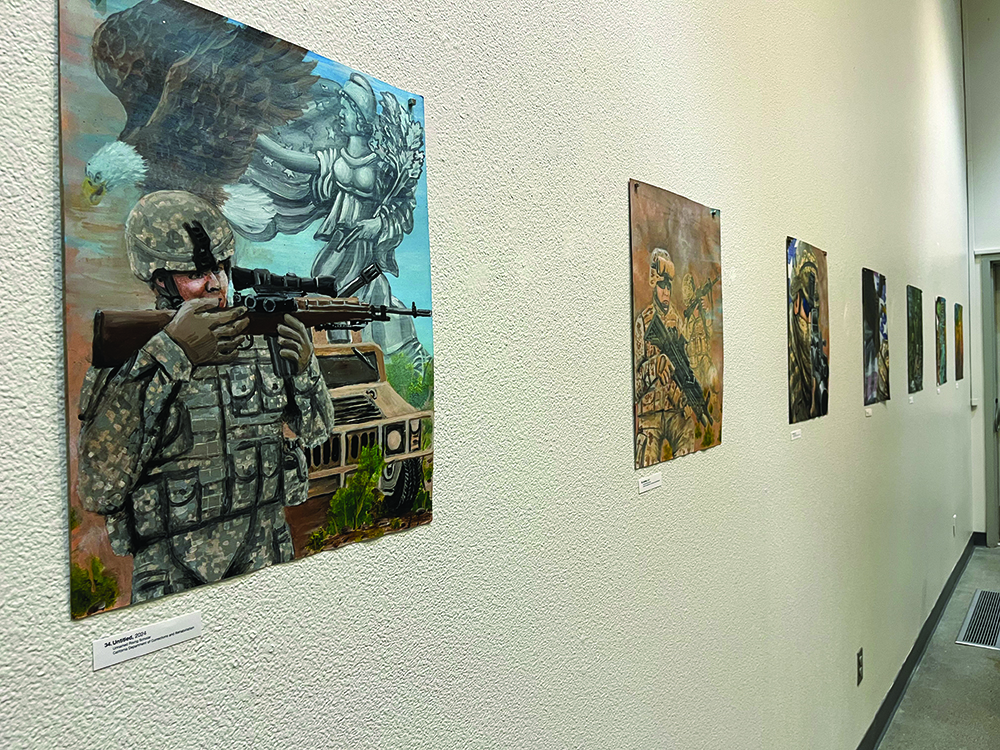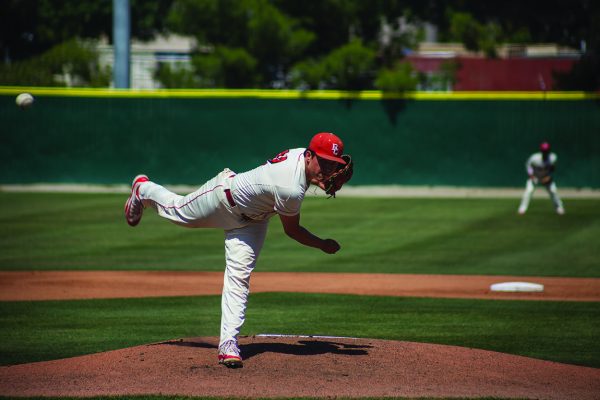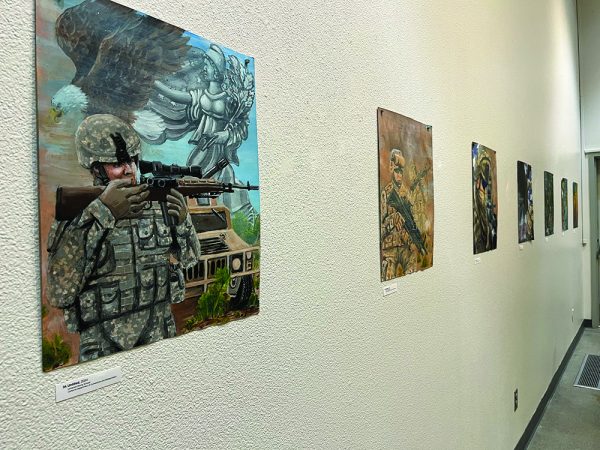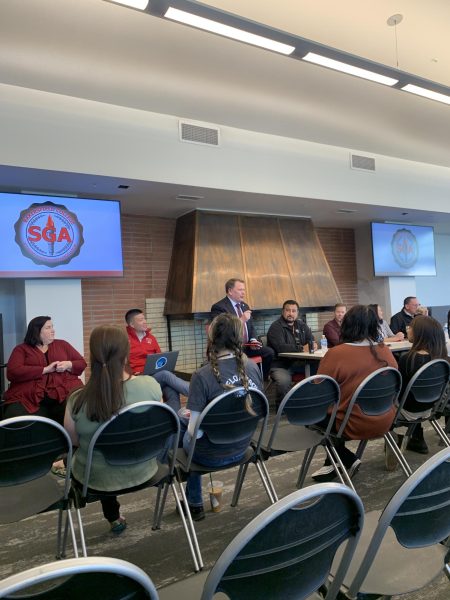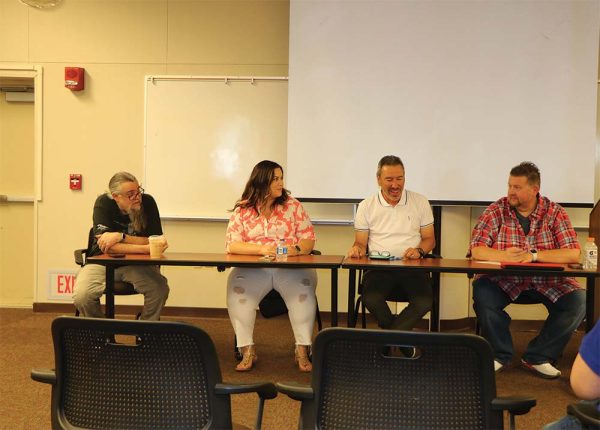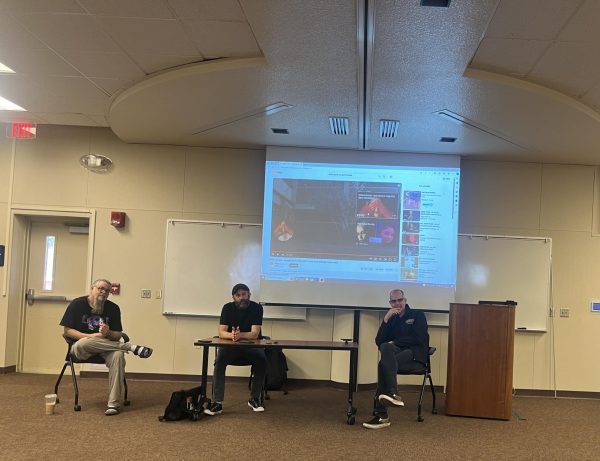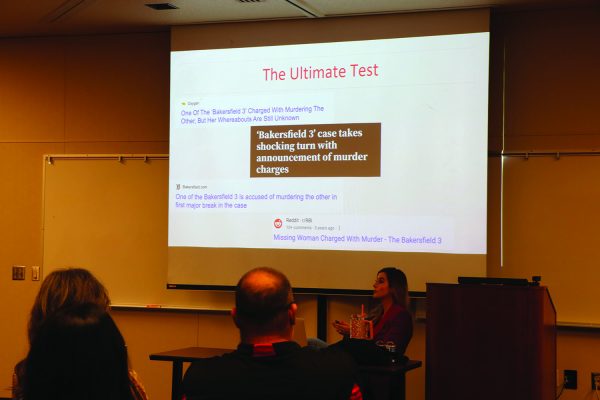ASL is becoming more popular
March 15, 2016
As some people might have noticed, American Sign Language has taken an increase in popularity in the past 40 years.
With all the media and the visual aids that are available today, the deaf culture is no longer quite so invisible. “More deaf actors are working today than ever. The plots of nearly every popular television show have featured deaf characters,” said Tom Moran, chair of the Foreign Language Department here at BC.
“ABC Family has its own television program, ‘Switched at Birth’, a show revolving around the lives of numerous deaf characters. Commercials, plays, even Broadway shows feature deaf actors and ASL. In short, deaf people have become more visible than ever, which makes their language more visible,” said Moran.Moran, out of curiosity about a sister he barely knew, enrolled in an ASL class at his local community college as a young man and it instantly clicked. His sister, who is deaf, was already attending Galludet University, a deaf university in Washington D.C., by the time Moran was five. Due to the rise in popularity, there are rumors that Disneyland is hopping on board the ASL train, making their featured character actors learn the basics so that they may better communicate with all the children, according to some cast members at the Disneyland parks.
There are deaf events happening several times a month (for a complete schedule, visit the Kern County Deaf Events Facebook page). Within the BC community there are Deaf Starbucks Nights on the last three Fridays of every month. Deaf events are events where students in ASL courses, people interested in deaf culture, and members of the deaf community can come meet and interact with each other in a relaxed, social setting.
At BC there are currently over 500 students enrolled in ASL courses, and American Sign Language has raised to the fourth most enrolled non-English language course in the U.S. preceded by Spanish, French, and German. There was some controversy over whether ASL was considered a “foreign language,” and in some states, there’s no rule that says ASL fulfills the foreign language criteria, but a majority of the schools that offer ASL do allow it to fulfill the requirement.
“ASL is the language of a vibrant, expanding culture in the U.S., the American deaf community,” said Moran, “Deaf Americans aren’t going anywhere, and neither is the language that they view as central to their identity and personhood.”


